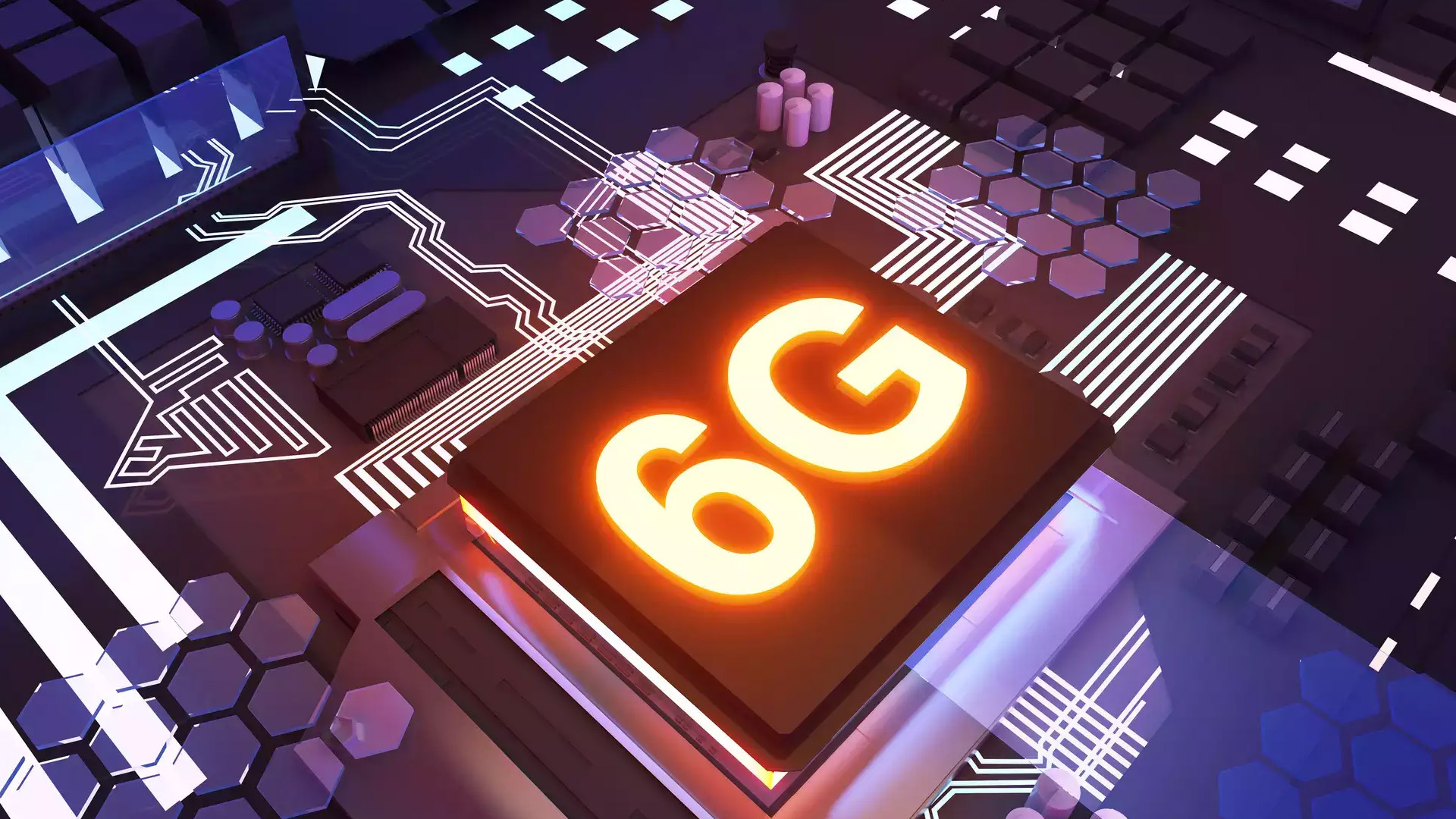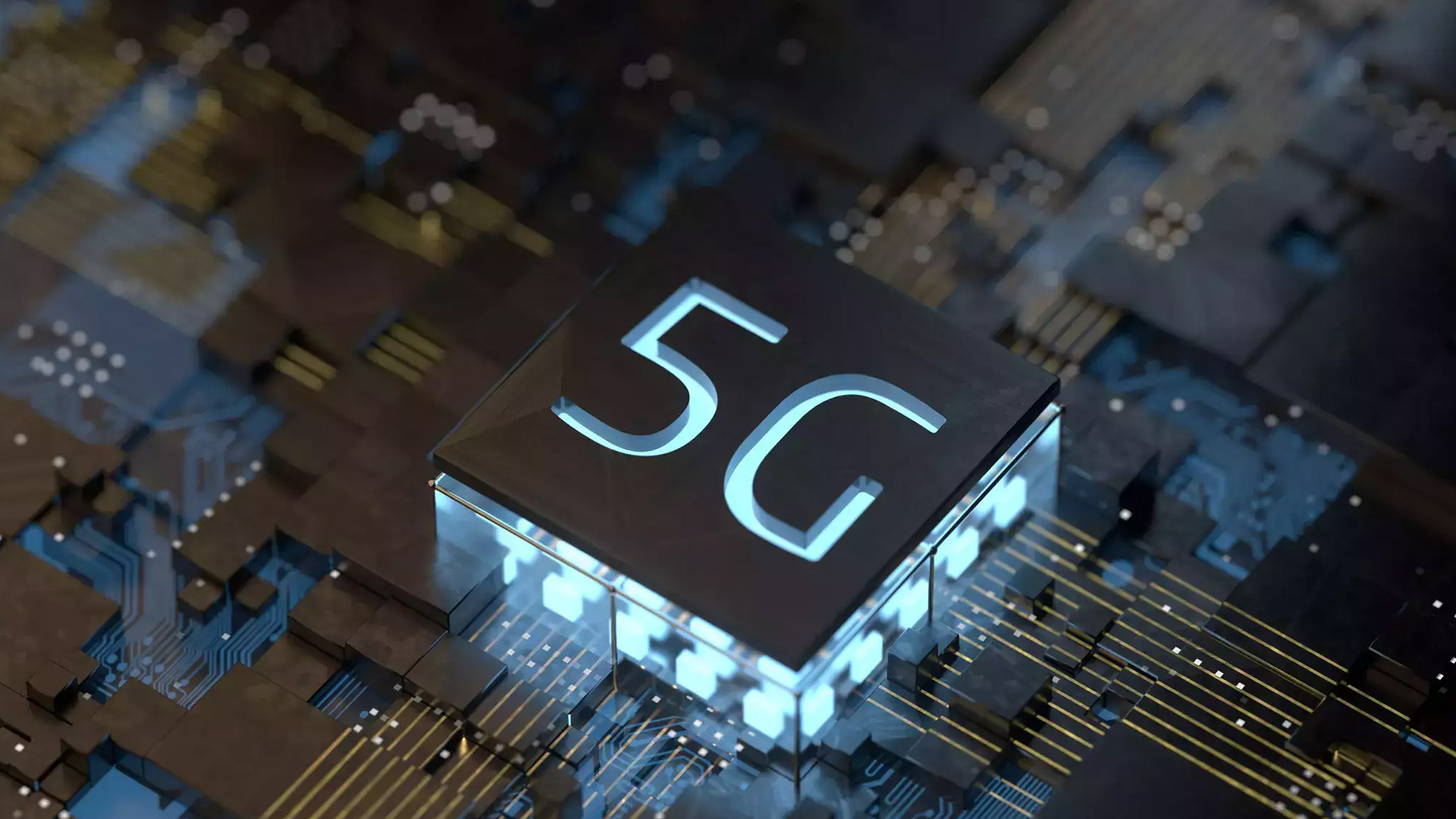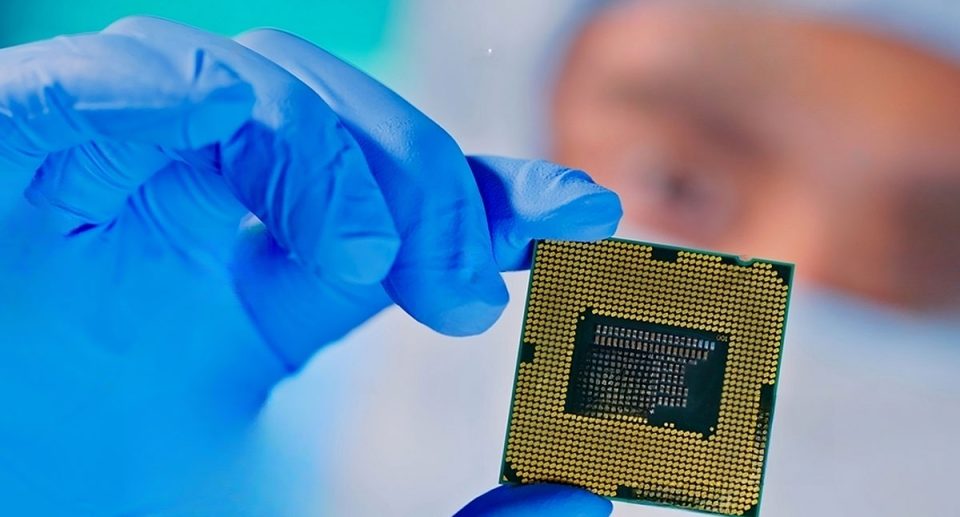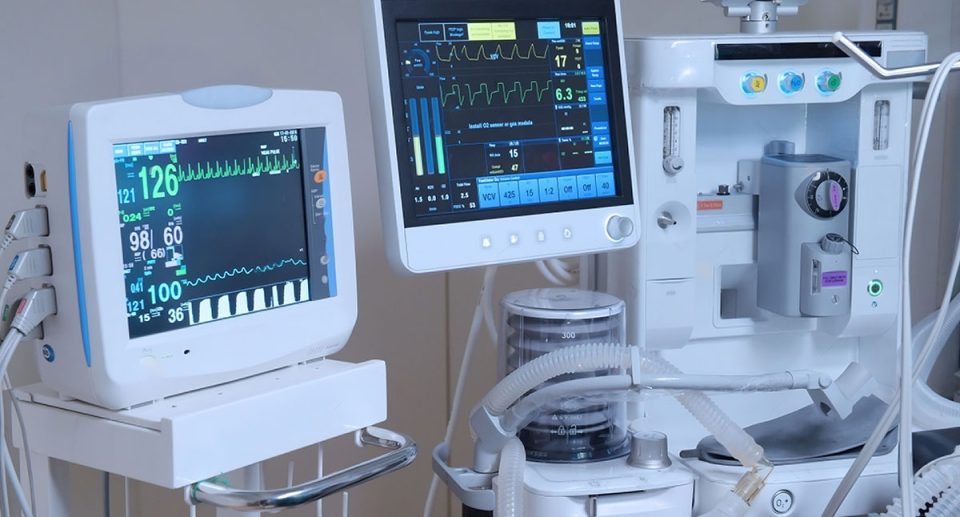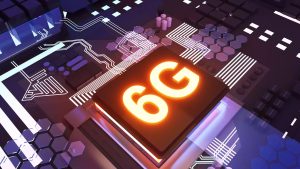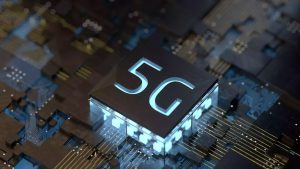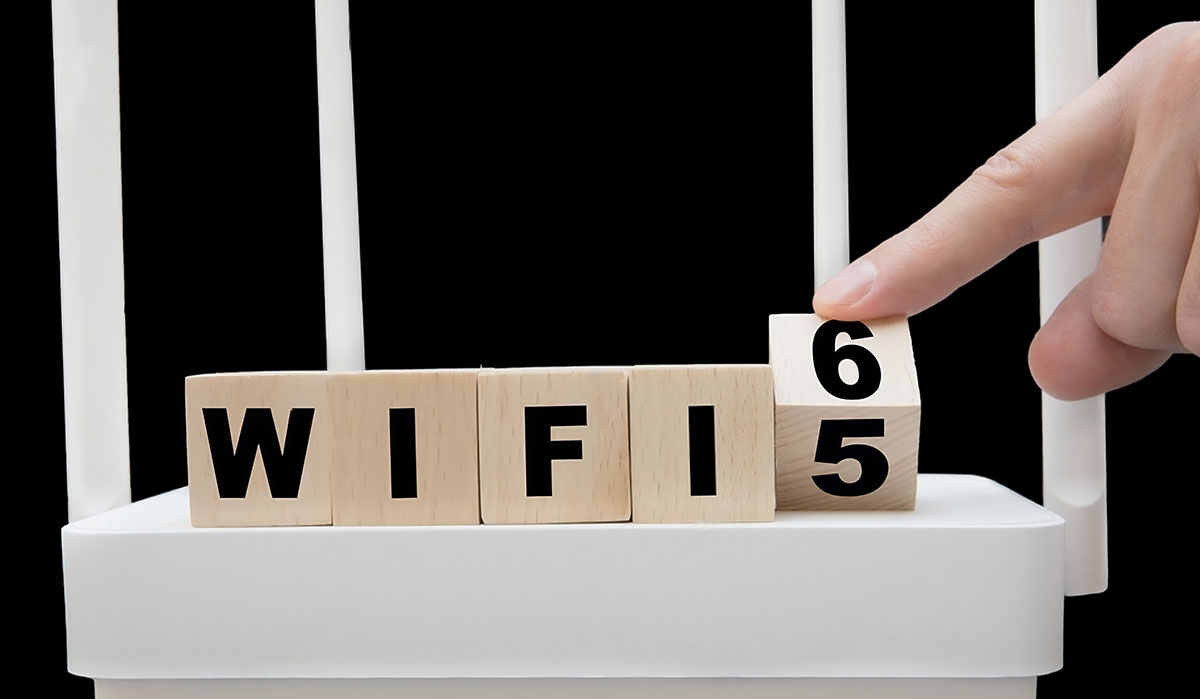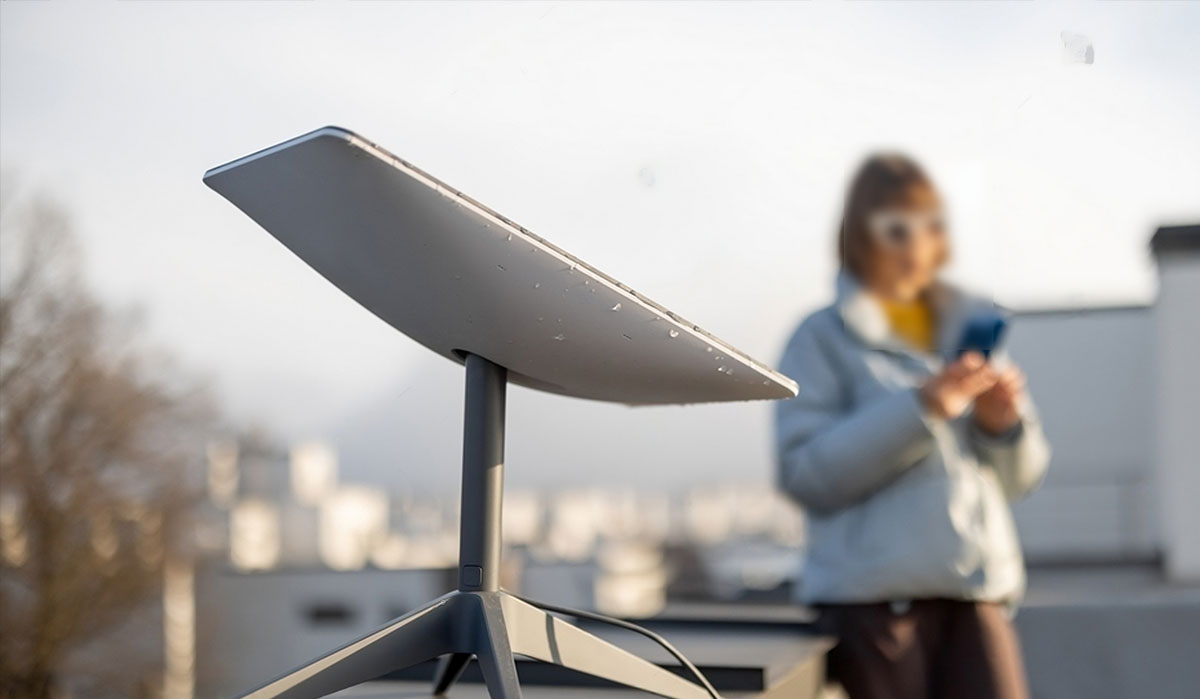What is Wi-Fi 7, and will it replace wired Ethernet?
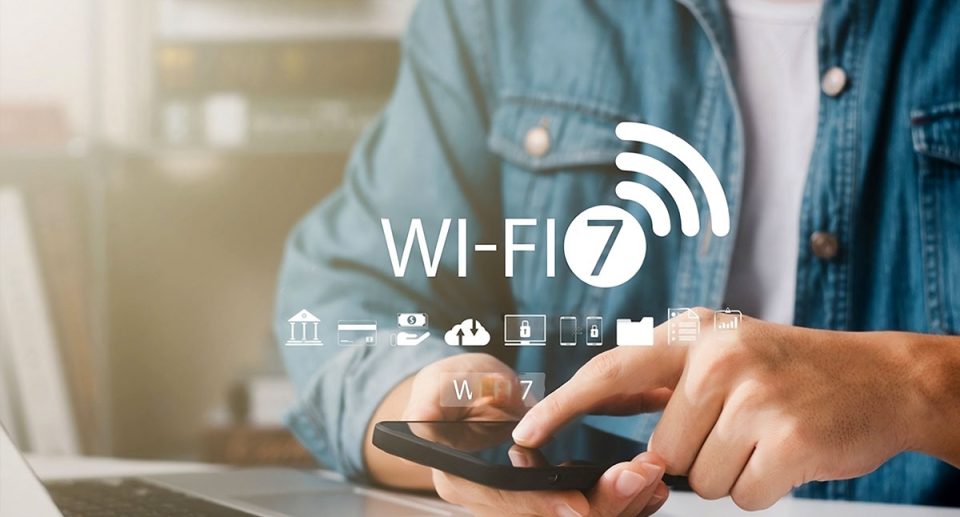
As the global technological landscape evolves at an astonishing pace, it’s crucial to stay updated on the latest advancements that shape connectivity. Amidst the already established Wi-Fi standards like Wi-Fi 5, Wi-Fi 6, and Wi-Fi 6E, the introduction of Wi-Fi 7 has stirred the tech sphere. Chinese networking-equipment vendor H3C has taken a bold step by launching a Wi-Fi 7 router, even though the standard is not expected to be finalized until 2024. This development holds significance for the technology enthusiasts and businesses in the UAE, particularly in Dubai’s thriving tech ecosystem.
Introducing Wi-Fi 7: Navigating the Speeds and Features
- Defining Wi-Fi 7: Wi-Fi 7, also known as 802.11be, is the upcoming standard under development by the Institute of Electrical and Electronics Engineers (IEEE). It promises an astounding speed of 46Gbps, nearly five times faster than Wi-Fi 6, along with reduced latency.
- Enhancements and Features: Wi-Fi 7 aims to deliver higher spectrum efficiency, improved power efficiency, enhanced interference mitigation, increased capacity density, and better cost efficiency. These attributes align with Dubai’s commitment to technological advancement.
Unveiling the Functionality of Wi-Fi 7: A Glimpse into Its Capabilities
Wi-Fi 7 is engineered to revolutionize wireless connectivity through a series of enhancements:
- Doubled Channel Size: Wi-Fi 7 doubles the maximum channel size from 160MHz to 320MHz, immediately doubling the throughput. It provides flexibility, enabling networks to run either two 160MHz channel sets or one channel at 320MHz, catering to varied application needs.
- Increased MU-MIMO Spatial Streams: With Wi-Fi 7, the number of spatial streams increases from eight to 16, effectively doubling the throughput. Multi-user, multiple-input, multiple-output (MU-MIMO) technology ensures equitable distribution of available bandwidth among streams, reducing congestion.
- Quadrupled QAM: By elevating quadratic amplitude modulation (QAM) from 1024-QAM to 4096-QAM, Wi-Fi 7 achieves an additional 20% boost in throughput, progressing from 9.6Mbps in Wi-Fi 6 to 46Mbps.
- Multi-Link Operation (MLO): MLO empowers devices to simultaneously transmit and receive across various bands and channels, enhancing performance, reducing latency, and elevating reliability. This holds significant promise for Dubai’s burgeoning IoT landscape.
- Multi-AP Operation: Wi-Fi 7 introduces multi-AP operation, a mesh-like configuration where neighboring access points collaborate, optimizing spectrum and resource utilization. Dubai’s tech-savvy environment stands to gain from such enhancements.
Wi-Fi 7’s Relevance in UAE’s Digital Evolution
Wi-Fi 7’s capabilities align with UAE’s tech ambitions and Dubai’s smart city aspirations:
- Digital Transformation Support: With UAE embracing digital transformation and Dubai becoming a hub for tech innovation, Wi-Fi 7’s capabilities cater to data-intensive analytics, AR/VR applications, and seamless video collaboration platforms.
- Reliable Industrial Applications: Wi-Fi 7’s low latency, high reliability, and quality of service suit critical applications such as industrial automation and surveillance, further propelling Dubai’s industrial landscape.
- Collaboration with 5G: Wi-Fi 7 and 5G collaboration in edge computing and private wireless networks strengthens Dubai’s position as a tech pioneer.
Wi-Fi 7 vs. Ethernet: Shaping Connectivity Landscape in UAE
- Ethernet Competition: While Wi-Fi 7 boasts impressive speeds, Ethernet’s resilience and adoption in enterprise and hyperscale data centers can’t be overlooked.
- Complementary Coexistence: Coexistence of Wi-Fi 7 and Ethernet in Dubai’s tech landscape, particularly as a primary network with Ethernet as a backup, aligns with practical needs.
Navigating the Road Ahead: Dubai’s Technological Journey
- Strategic Upgrade Path: Organizations in Dubai need to strategize their upgrade path—Wi-Fi 6, Wi-Fi 6E, or awaiting Wi-Fi 7—based on their specific needs and digital transformation plans.
- IDC Analysis: IDC’s insights reveal Wi-Fi 6’s dominance in units shipped, indicating a substantial commitment by Dubai’s tech entities to embrace the latest wireless technology.
The Evolution Continues: A Glimpse into Wi-Fi’s Progression
Wi-Fi standards have evolved consistently, culminating in Wi-Fi 7’s emergence:
- Wi-Fi 5: Introduced in 2014, Wi-Fi 5 boasts speeds of up to 3.5Gbps, apt for home networks and branch offices.
- Wi-Fi 6: Certified by the Wi-Fi Alliance in 2019, Wi-Fi 6 reaches a theoretical throughput of 9.6Gbps, designed for dense environments and IoT deployments.
- Wi-Fi 6E: Extending Wi-Fi 6 in 2021, Wi-Fi 6E taps into the 6GHz spectrum, catering to applications like AR/VR and video.
In a region where technology and innovation drive progress, UAE and Dubai’s tech enthusiasts will keenly follow Wi-Fi 7’s journey and its potential impact on their dynamic digital landscape. As Wi-Fi standards evolve, Dubai’s tech pioneers continue to embrace advancements that align with the city’s vision of a tech-savvy and interconnected future.


